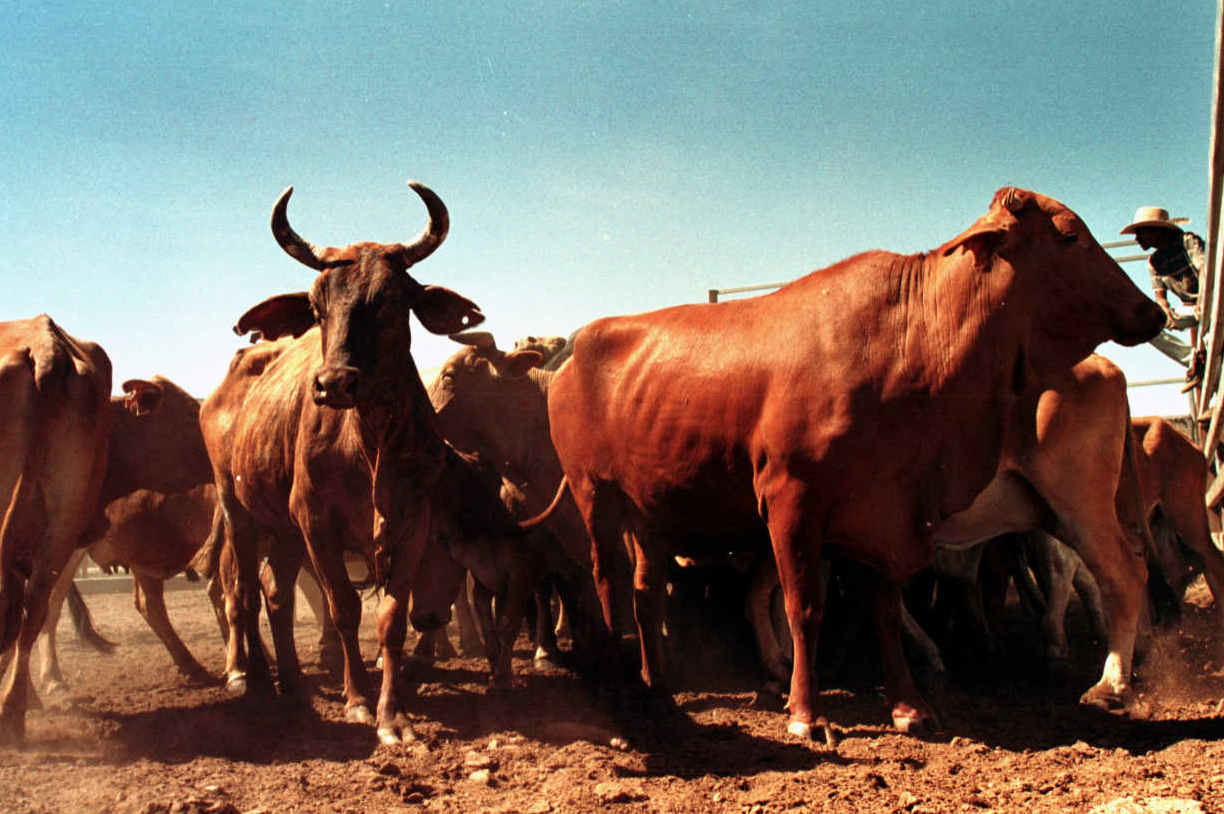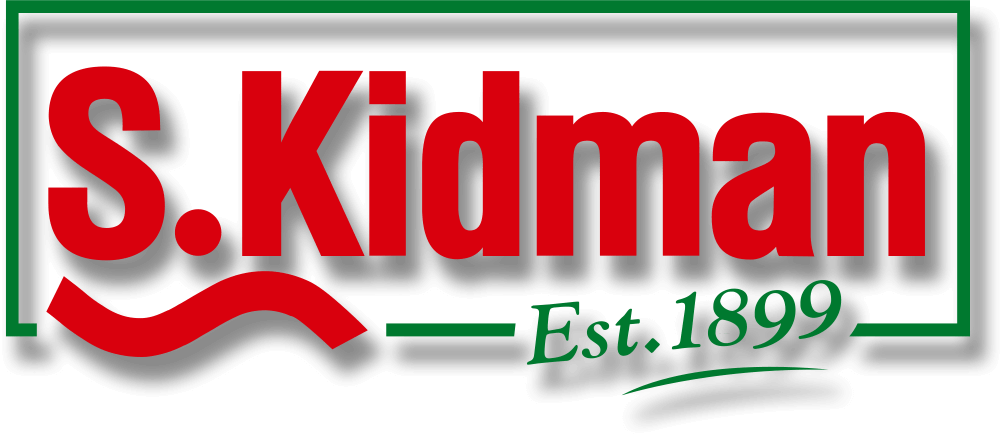Article by Brad Thompson courtesy of the Financial Review

Cattle and sheep exporters are staring down the barrel of huge increases in government charges to pay for red tape and what they say is a bloated bureaucracy introduced by the Morrison government.
The Department of Agriculture and Water Resources has flagged hitting the live export industry with a 326 per cent increase in annual licence fees over the next three years together with other large increases in charges as the government seeks to recoup regulation costs.
Australian Livestock Exporters’ Council chief executive Mark Harvey-Sutton said the increases could add $1 million a year to costs for some operators and threaten their viability.
Mr Harvey-Sutton said the cost increases were a slap in the face from the government at a time when customers in Indonesia were already screaming about sky-high cattle prices.
ASX-listed Wellard Limited, which rents out livestock carriers and posted a half-year loss on Friday, lashed out at the waste and inefficiency in the department.
“Wellard supports best-practice regulation of the industry. However, live exporters, and their sheep and cattle suppliers, are paying the price for a very bloated bureaucracy which is accountable to nobody and continues to expand even when the volumes of exports have contracted by a quarter,” Wellard executive chairman John Klepec said.
Sheep and cattle producers, and their political representatives, should be absolutely alarmed by this fee hike because it does threaten the viability of the live export industry.— John Klepec, Wellard executive chairman
“By our estimates, there were 180 staff regulating 243 shipments last calendar year. That is a staggering four staff for every five shipments.
“Sheep and cattle producers, and their political representatives, should be absolutely alarmed by this fee hike because it does threaten the viability of the live export industry,” Mr Klepec said.
The Morrison government imposed a raft of new regulations and conditions on the live export industry in 2018 in the wake of the Assasi Express incident, where about 2400 sheep died in extreme heat on a voyage from Fremantle in WA to the Middle East.
On top of the annual licence fee increase, the department’s list of indicative price rises includes a jump in an annual fee for approved arrangements for sea exports from $20,000 to $85,000. A charge per head of cattle would increase from $1.21 to $5.16 and the inspection fee from $55 for each 15 minutes to $235, along with other big hikes in document, observer and audit charges.
The government has frozen fees and charges for 2020–21 at current prices as part of the response to COVID-19.
However, in its cost recovery implementation statement, the department said fees and charges would be “gradually increased to return all arrangements to full cost recovery in 2023–24”
Other agricultural industries, including the beef and lamb trade, face nowhere near the increases of the live export sector, and in the case of the grains industry, some charges are set to fall.
Business at risk
Mr Harvey-Sutton said the industry didn’t disagree with the user pays model, but agreed with Mr Klepec that the department was bloated and inefficient in its regulation.
“We understand that if a service is being provided to industry, that should be recovered,” he said. “Our task now is to define what regulation looks like and to talk to [agricultural] Minister [David] Littleproud about efficiencies that can drive down costs. Mr Harvey-Sutton said the live export business and Australia’s competitiveness in big cattle markets like Indonesia and Vietnam were at risk.
“It is well documented that agriculture in Australia across the board faces high regulation costs and that they have to be absorbed into the supply chain somewhere,” he said.
“It means producers could get less because if you look to a country like Indonesia, where they have a government capped price, they are already screaming over the cost of cattle heading there now. Where are these costs going to be absorbed?”
The Department of Agriculture and Water Resources declined an interview request and had not responded to a series of written questions from AFR Weekend by late on Friday.

